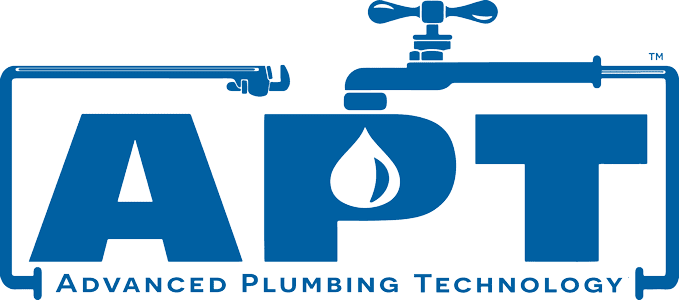Preventing Sewer Line Backups: Tips for a Trouble-Free System
September 20th, 2023Posted by Brian Shoemaker
At Advanced Plumbing Technology, we understand the importance of maintaining a trouble-free sewer system. Sewer line backups can lead to costly repairs, inconvenience, and health hazards. In this comprehensive guide, we will share valuable insights and expert tips to help you prevent sewer line backups and ensure the smooth operation of your system. Our years of experience in the plumbing industry have equipped us with the knowledge to create this guide that will help you understand the common causes of sewer line backups and provide you with actionable steps to safeguard your system.
Understanding Sewer Line Backups
Sewer line backups can be a nightmare for homeowners, causing foul odors, slow drains, and even sewage overflow. These backups are often caused by various factors, including:
- Grease and Fat Buildup: Improper disposal of grease and fat down the drain can lead to blockages in the sewer line over time.
- Tree Root Intrusions: Tree roots seeking moisture can penetrate sewer pipes, causing cracks and blockages.
- Foreign Objects: Items like wet wipes, sanitary products, and paper towels flushed down the toilet can accumulate and clog the sewer line.
- Aging Pipes: Older sewer systems with deteriorating pipes are more susceptible to collapses and blockages.
- Proactive Measures for Prevention
Proper Disposal of Grease and Fat
One simplest yet most effective way to prevent sewer line backups is to avoid pouring grease and fat down the drain. Instead, could you collect cooking grease in a container and dispose of it in the trash? This small step can go a long way in maintaining a clear sewer line.
Regular Tree Maintenance
If you have trees on your property, regular maintenance is essential. Keep tree roots in check by trimming them away from your sewer lines. Consulting with an arborist can help determine the safe distance for planting trees in your sewer system.
Use a Drain Strainer
Installing a drain strainer in sinks and showers can catch hair, soap residue, and other debris that could lead to clogs. Regularly cleaning out the strainer prevents these materials from entering your sewer line.
Educate Household Members
Ensure everyone in your household understands what can and cannot be flushed down the toilet. Educate them about the potential consequences of flushing non-flushable items, such as wipes and hygiene products.
Professional Maintenance and Inspection
While these preventive measures significantly reduce the risk of sewer line backups, professional maintenance and inspections remain crucial.
Scheduled Inspections
At Advanced Plumbing Technology, we recommend scheduling regular inspections with our experienced technicians. We can identify early signs of deterioration, cracks, or blockages in your sewer lines using state-of-the-art equipment.
Hydro Jetting
Our advanced hydrojetting service involves using high-pressure water to clean the interior of sewer pipes, effectively removing grease buildup, tree roots, and other obstructions. This thorough cleaning enhances the flow and longevity of your sewer system.
Pipe Repair and Replacement
We offer trenchless pipe repair and replacement services if our inspection reveals damaged pipes or potential hazards. Our team utilizes trenchless technology to minimize disruption to your property while ensuring a durable and efficient solution.
Conclusion
Preventing sewer line backups requires a combination of proactive measures, proper maintenance, and professional assistance. Following the tips outlined in this guide can significantly reduce the risk of sewer line issues, saving you from unexpected expenses and inconveniences. At Advanced Plumbing Technology, we are dedicated to helping you maintain a trouble-free sewer system. Please contact us today to schedule an inspection and make sure the long-lasting performance of your plumbing infrastructure.
